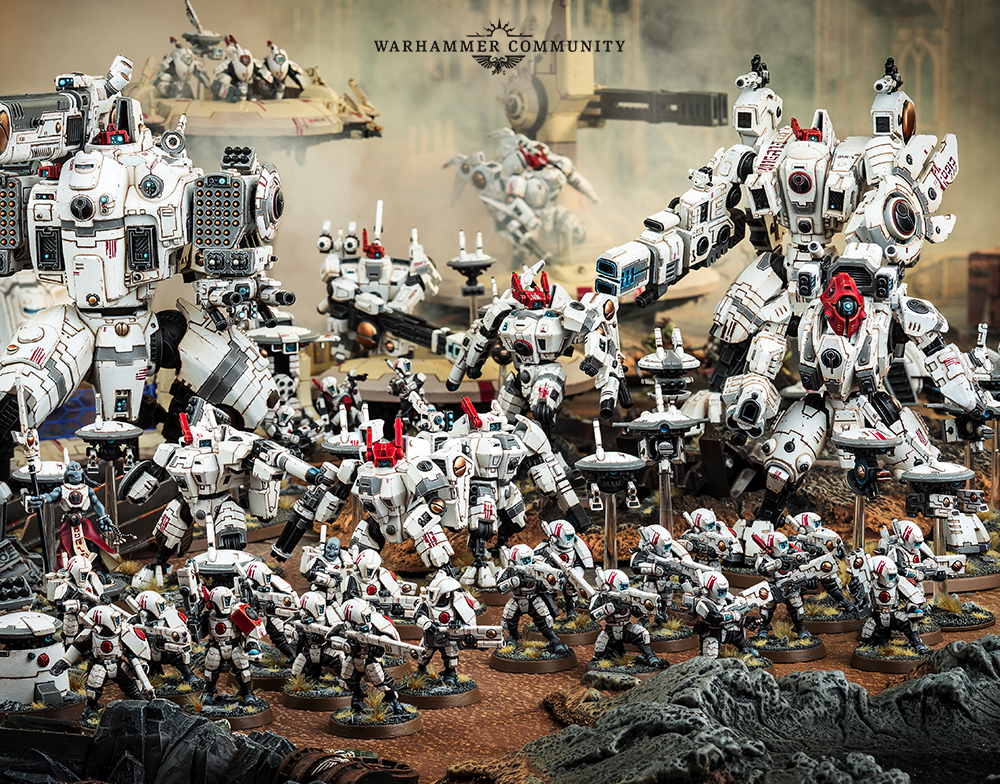

You’re also allowed one dedicated transport per infantry unit again. Like the core detachment types above, units must be all from the same overall faction, and no under-strength units are allowed.

The next three detachments types are a bit more specialist and offer a way to bring more of a specific unit type to your army, themed around a military strategy, whether that be a rapid reaction/strike force (Outrider) or perhaps an elite group of shock troopers (Vanguard). This technique is so fundamental to the strategic doctrines of the Astra Militarum that it inscribed into the medals of senior – If you’re not using a Battalion in your army, ask yourself why not.įor use when one of your army’s principal battle strategies is “throw lightly-armed bodies at the enemy until either we win or we run out of bodies”. The most commonly-used detachment in the game and the first building block of maybe 70%+ lists. They can still take part in a Combat Patrol according to a foot-note in this article, however. However, Imperial Knights & Chaos Knights can only go in Super-Heavy Detachments. It’s worth noting that Combat Patrol format specifically requires you to take the ‘Patrol’ detachment as your sole choice. Other than that, they all require that the units within the detachment be from the same faction, they all bar the use of under-strength units, and they all allow for you to take 1 dedicated transport for each ‘infantry’ unit in that detachment. This will allow you to use those points on another detachment (if applicable) or for various stratagems or other abilities that require CP to use.

The defining trait of all three is that their CP costs are refunded if your Warlord happens to be in this detachment. The only real difference is the min-max numbers for units per category. The three ’core’ detachment types all refund their CP cost if they contain your warlordĪ ‘Patrol’ detachment is fine for the smaller Combat Patrol game type, but if you’re going up to Strike Force or Onslaught matches, you’ll probably want to build your list on one or more Battalion detachments instead – or even the mighty Brigade, if you’ve chosen a troops-heavy ‘horde’ type army like the Imperial Guard (who these days go by their stuffy pig-latin official title, Astra Militarum). You can use the links below to jump to your detachment of choice. These fiddly bits aside, though, let’s get into it:Īt the time of writing, there are eleven types of detachments available for use when building a Battle-Forged army. Read the army rules in your codex carefully to make sure all your units and detachments have access to their snazziest abilities right off the bat. It’s all in the book: Our 40K 9th edition Codex release date guide Read your codex rules carefully to make sure your units get access to their best abilitiesĪll your detachments must share the same top-level faction keyword – such as or – to be able to be taken in the same army at all a detachment of Space Marines can fight alongside a detachment of Sisters of Battle, but they would never make common cause with followers of Chaos.īut, beyond that, some units benefit from additional special abilities if they are part of a detachment – or, in some cases, a whole army – made entirely of units with a particular matching keyword, usually the keyword for the sub-faction they belong to.įor example, a battle-forged Space Marine army could contain one detachment of the Ultramarines Chapter and one of Black Templars – but it could not benefit from the Ultramarines special rule ‘Scions of Guilliman’ unless every detachment within the army was fully Ultramarines (or Ultramarines successors). Battle-forged armies are also a requirement for matched play at official events such as tournaments.įortunately, after no small amount of faffing around with them during 8th edition, Games Workshop has really simplified and streamlined the business of organizing your units into Detachments in 9th. And to use any of that – you’ve guessed it – your army has to be battle-forged, with all of your units organised into neat and tidy detachments. Nope: in Warhammer 40K 9th Edition, if you want to go beyond the most basic, stripped down version of the game, you need Command Points (CP) and access to the stratagems (powerful in-game abilities) that those juicy CP can buy you. We say ‘prefer’ because you can, of course, play without organising your models and units into detachments (known as an ‘unbound’ army) – but, in practice, these aren’t seen outside of super-casual play. Detachments have been around for quite a few editions, but over the years they’ve evolved in how they work, based on how the game would prefer you build your armies.
Warhammer 40k factions how to#
In Warhammer 40,000, the term ‘Detachments’ refers to the rules on how to build a ‘battle-forged’ army – that is, one that’s properly structured and rules-legal for balanced play in most of the game’s formats.


 0 kommentar(er)
0 kommentar(er)
